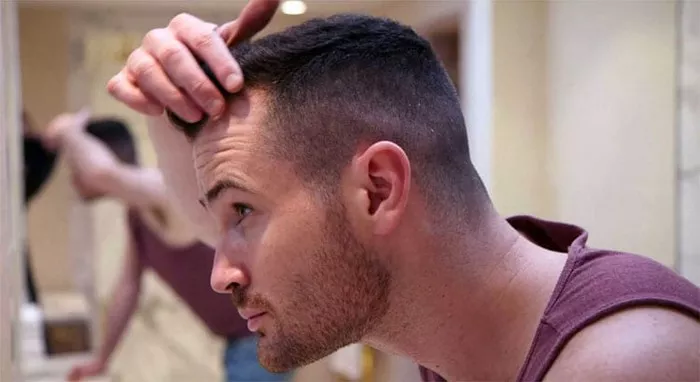Alopecia areata is an autoimmune condition characterized by the sudden loss of hair in small, round patches on the scalp or other areas of the body. This unpredictable and often emotionally challenging condition has led many individuals to seek effective treatments, with hair transplant emerging as a potential solution. In this article, we delve into the complexities of alopecia areata, exploring the viability of hair transplant as a treatment option and addressing common questions surrounding this approach.
I. Understanding Alopecia Areata
Alopecia areata occurs when the immune system mistakenly targets and attacks hair follicles, leading to hair loss. The precise cause of this autoimmune response is not fully understood, but a combination of genetic and environmental factors is believed to play a role. The condition can affect individuals of all ages, and its impact extends beyond the physical aspect, often influencing emotional well-being and self-esteem.
II. Challenges in Treating Alopecia Areata
Treating alopecia areata presents challenges due to the unpredictable nature of the condition. Hair loss can occur suddenly and may resolve on its own, making it difficult to determine the most effective intervention. Various treatment options, including topical corticosteroids, immunotherapy, and oral medications, are available to manage the condition, but their success varies among individuals.
III. Hair Transplant as a Potential Solution
Hair transplant, a surgical procedure involving the relocation of hair follicles from one part of the body to the affected scalp area, has gained attention as a potential solution for alopecia areata. This procedure, primarily known for addressing pattern baldness, raises intriguing possibilities for those with autoimmune-related hair loss.
IV. Viability of Hair Transplant for Alopecia Areata
Success Rates: The success of hair transplant for alopecia areata is variable. While some individuals experience positive outcomes with restored hair growth, others may not achieve the desired results. Success often depends on the extent of hair loss, the individual’s overall health, and the specific characteristics of their alopecia areata.
Suitable Candidates: Not everyone with alopecia areata is a suitable candidate for a hair transplant. The procedure is generally considered for individuals with stable disease activity and well-defined areas of hair loss. Individuals with active inflammation or widespread hair loss may not be ideal candidates.
Procedure Overview: During a hair transplant for alopecia areata, hair follicles are typically taken from areas unaffected by hair loss (such as the back of the head) and transplanted to the affected areas. The goal is to establish new, healthy hair growth in the affected regions.
Risks and Considerations: As with any surgical procedure, there are risks associated with a hair transplant for alopecia areata. These may include infection, scarring, and the potential for graft rejection. It’s crucial for individuals considering this option to thoroughly discuss potential risks and benefits with their healthcare provider.
V. FAQs on Hair Transplant for Alopecia Areata
Q1: Can a hair transplant cure alopecia areata?
A: A hair transplant is not a cure for alopecia areata. While it may help restore hair growth in specific areas, the underlying autoimmune condition persists. Individuals considering a hair transplant should have realistic expectations and understand that multiple sessions may be required for optimal results.
Q2: How long does it take to see results from a hair transplant for alopecia areata?
A: The timeline for seeing results varies among individuals. Some may notice new hair growth within a few months, while others may take longer. Patience is key, and individuals should follow post-transplant care instructions provided by their healthcare provider.
Q3: Are there non-surgical alternatives for treating alopecia areata?
A: Yes, several non-surgical alternatives exist, including topical corticosteroids, immunotherapy, and oral medications. The choice of treatment depends on the severity of the condition and individual response. Consultation with a dermatologist can help determine the most appropriate approach for each person.
Conclusion
While hair transplant shows promise as a potential treatment for alopecia areata, its effectiveness varies among individuals. Those considering this option should undergo a thorough evaluation by a healthcare provider to determine suitability and understand the potential risks. It’s essential to approach hair transplant as a complementary measure rather than a cure for the underlying autoimmune condition, emphasizing the need for a comprehensive and personalized approach to managing alopecia areata.

